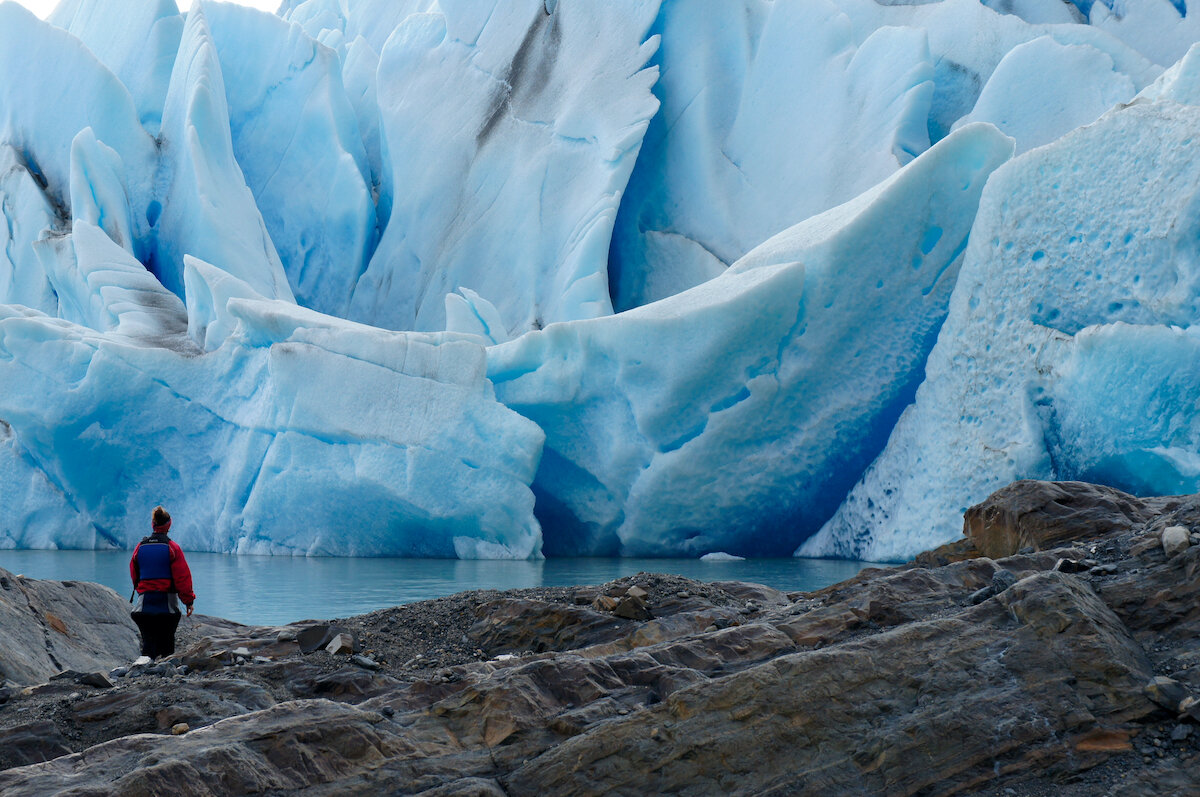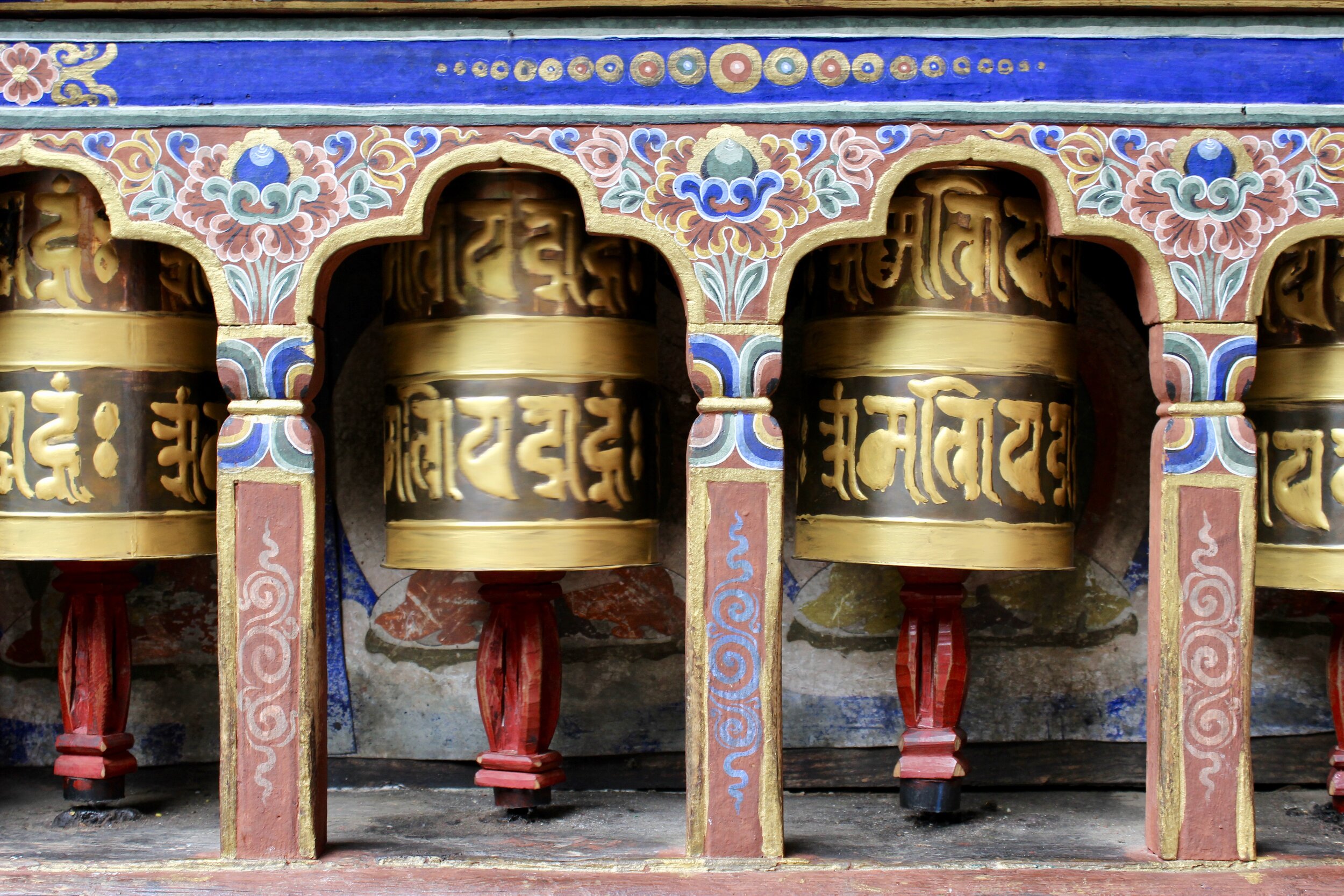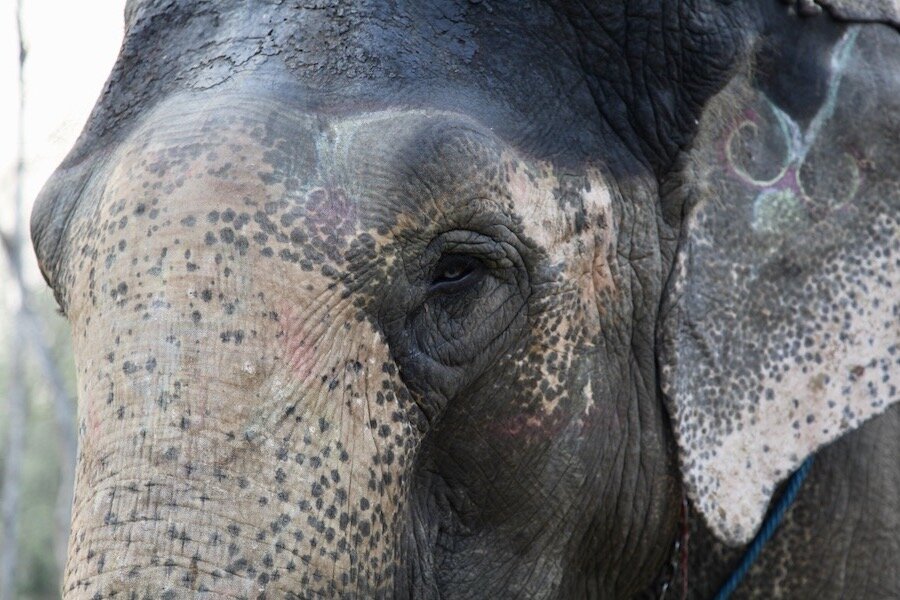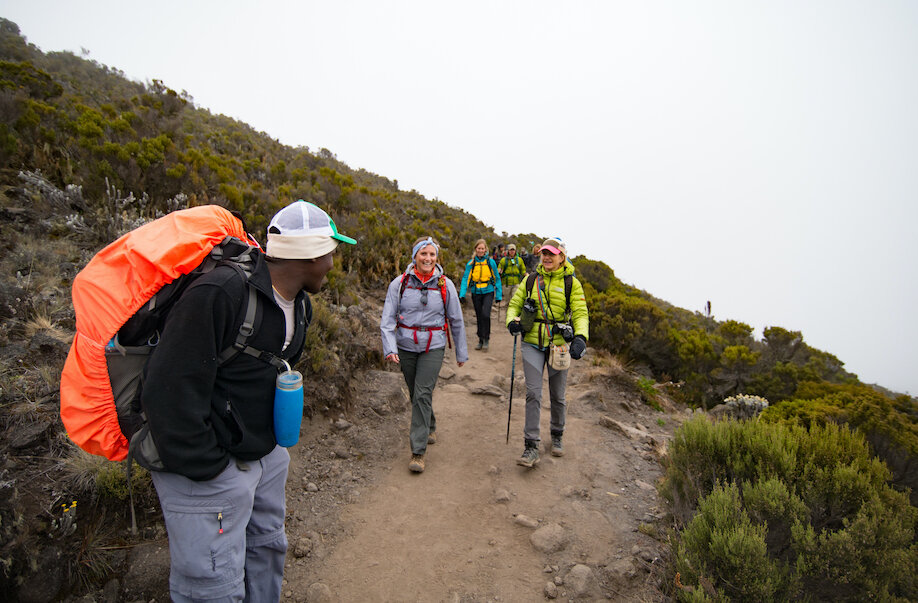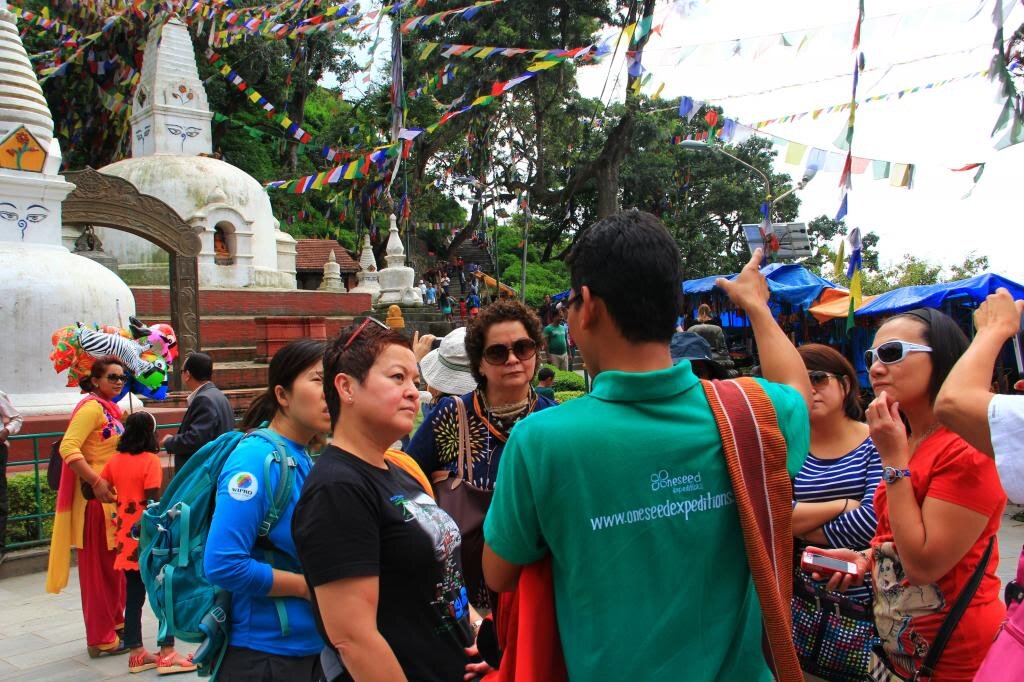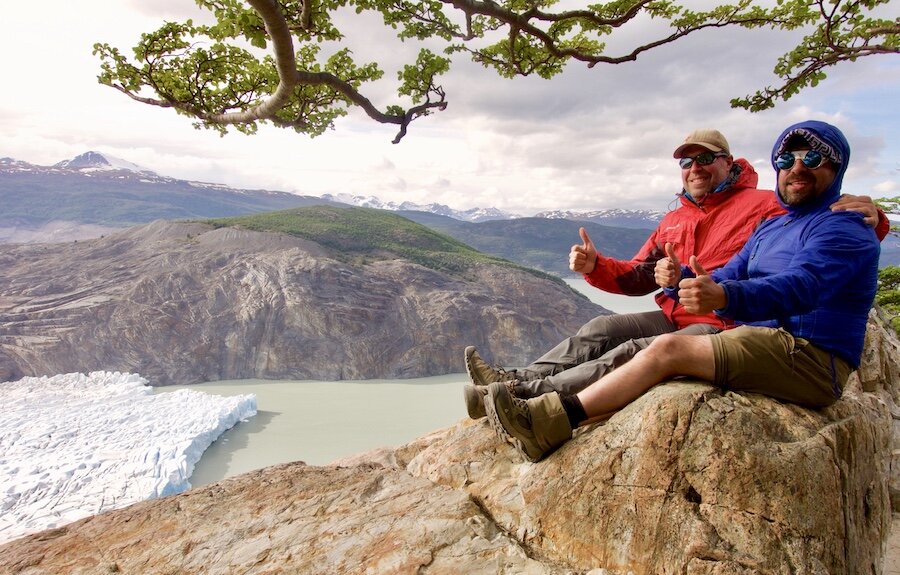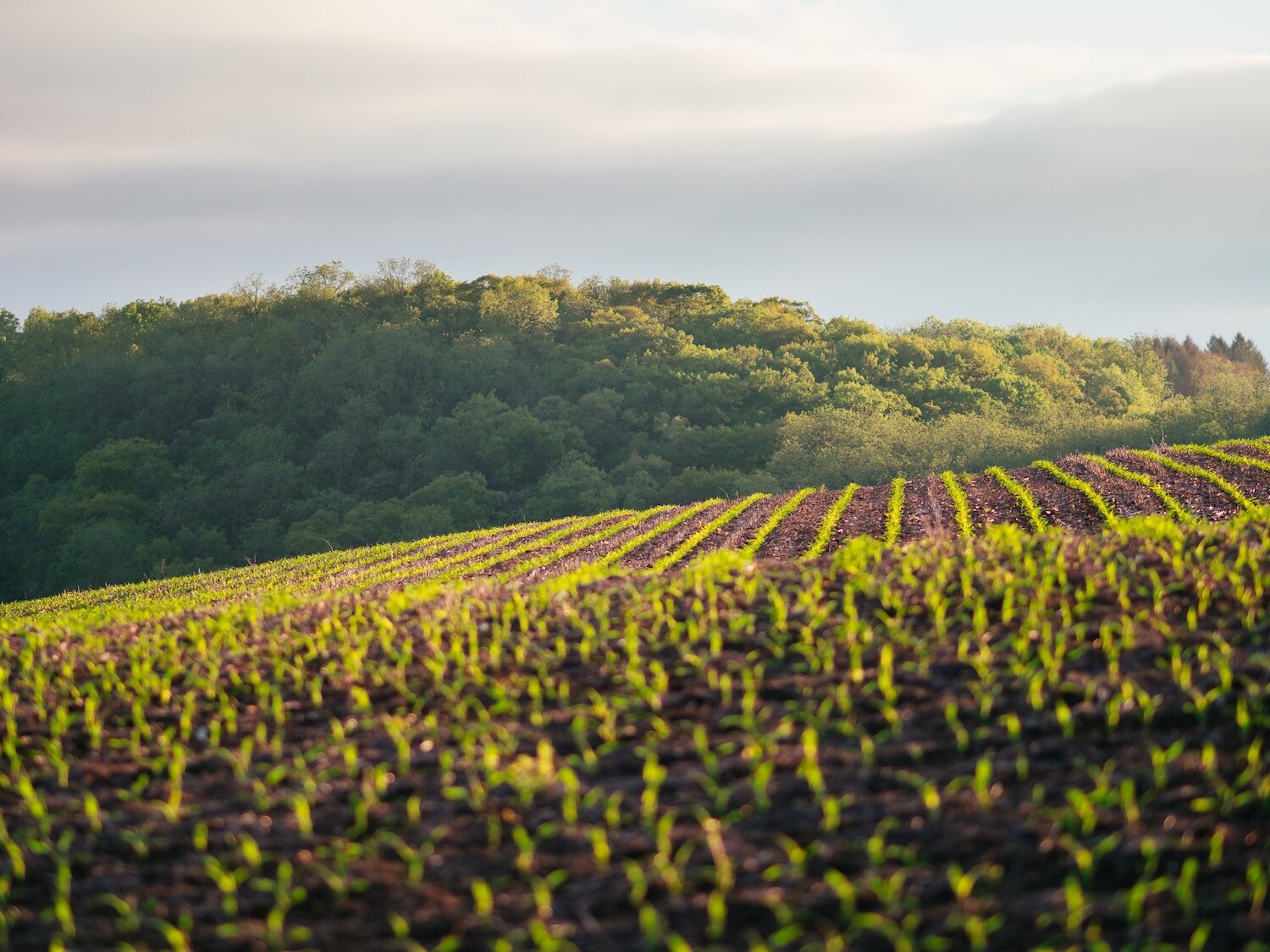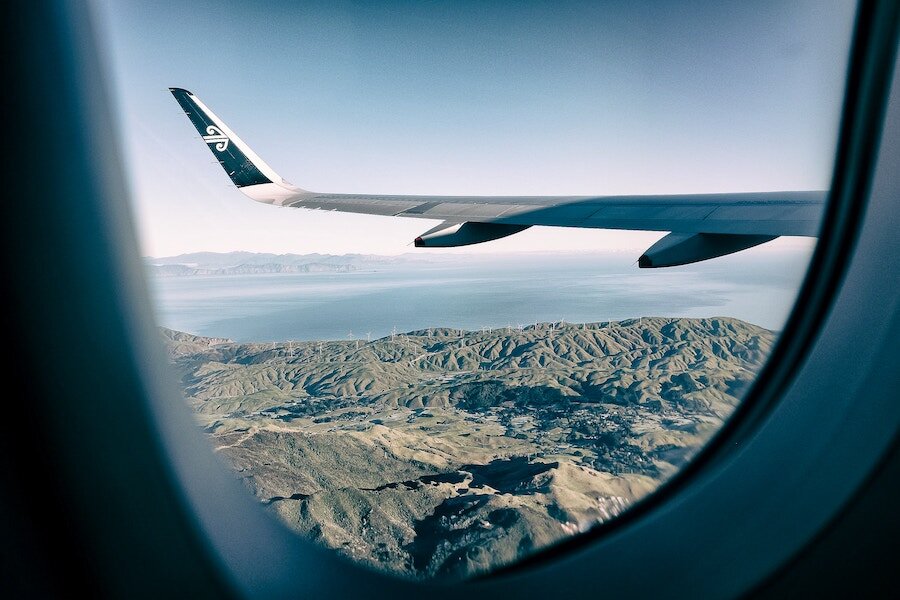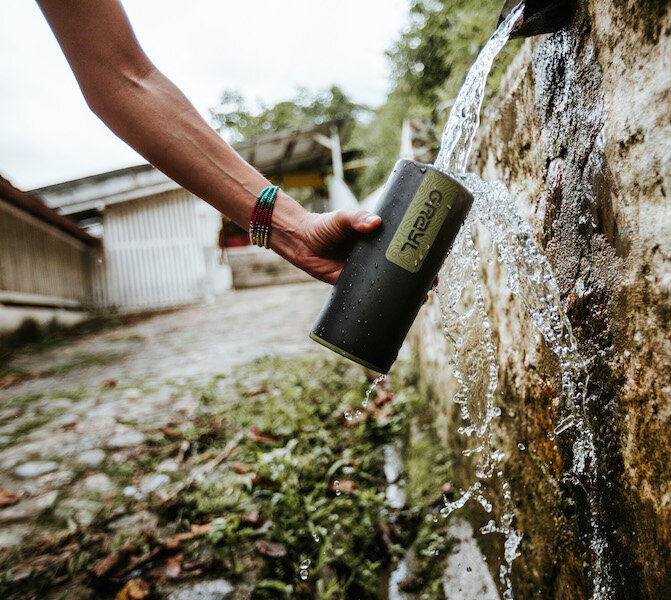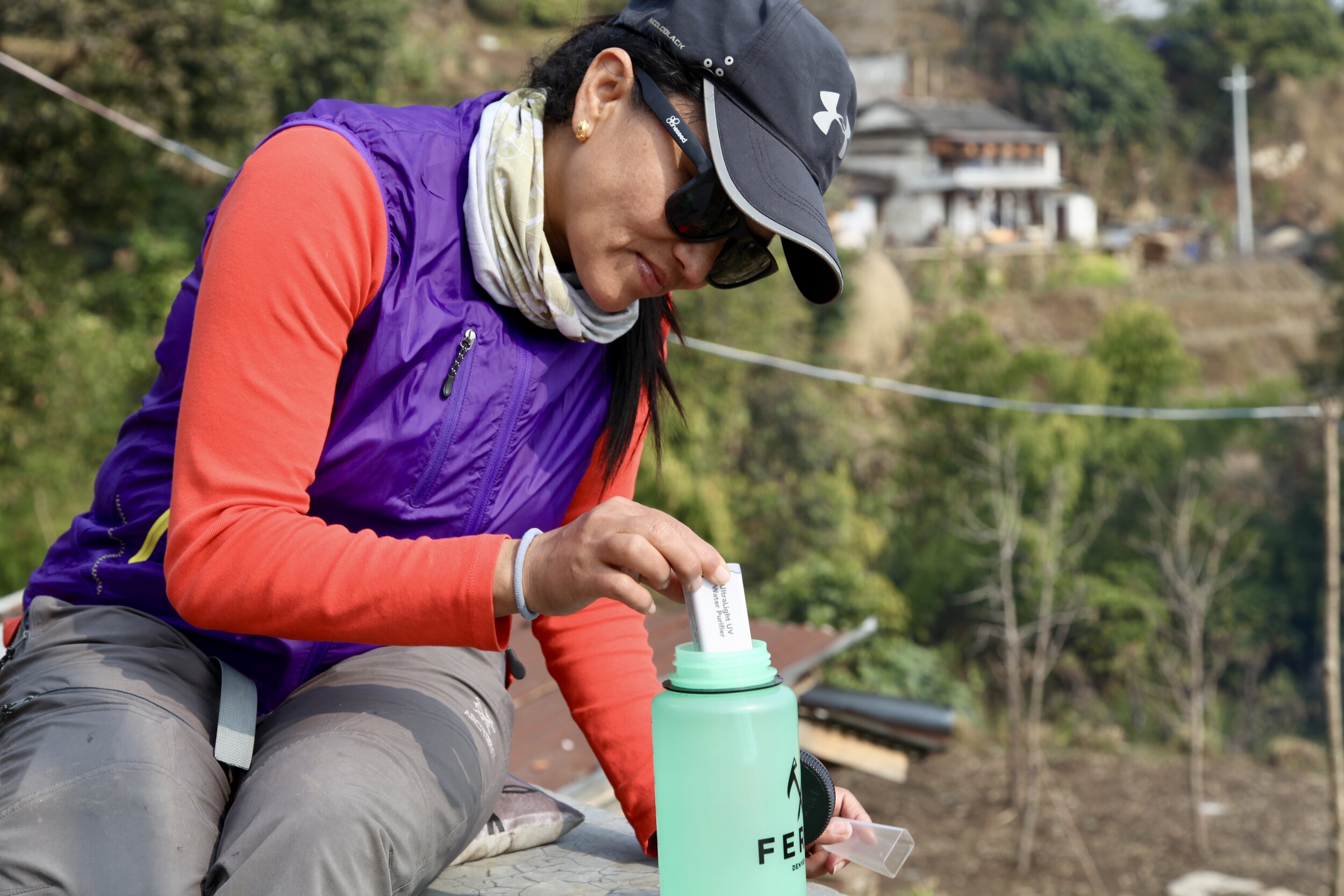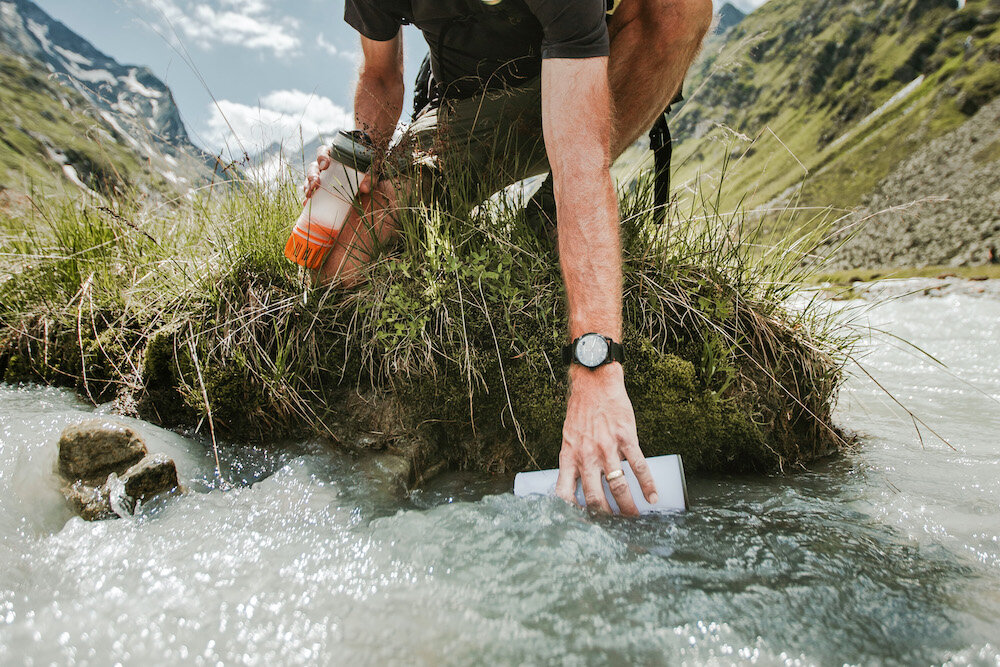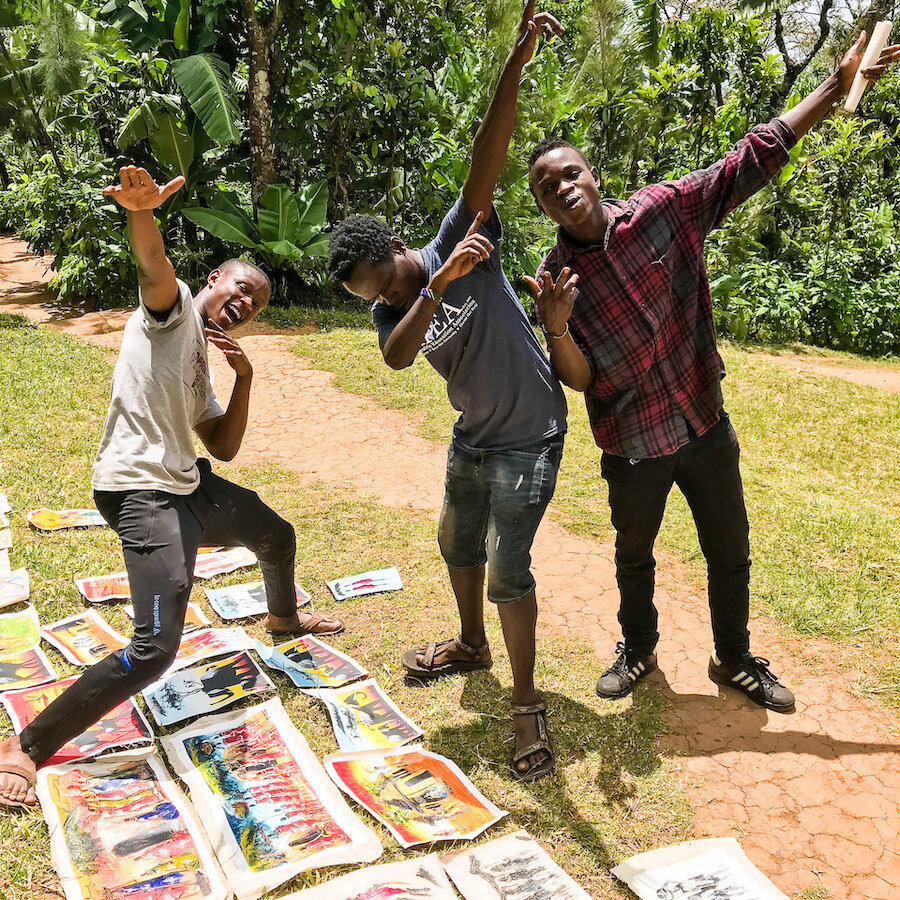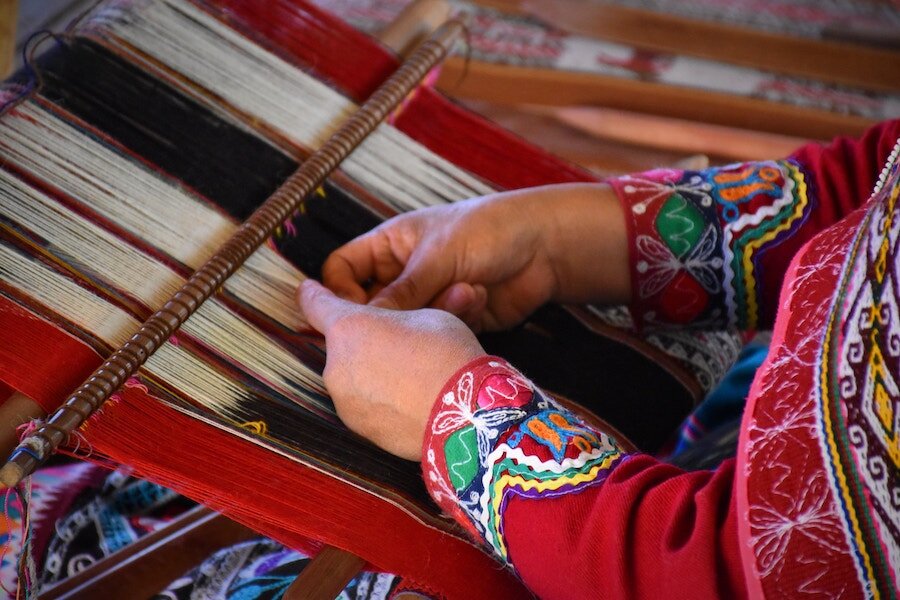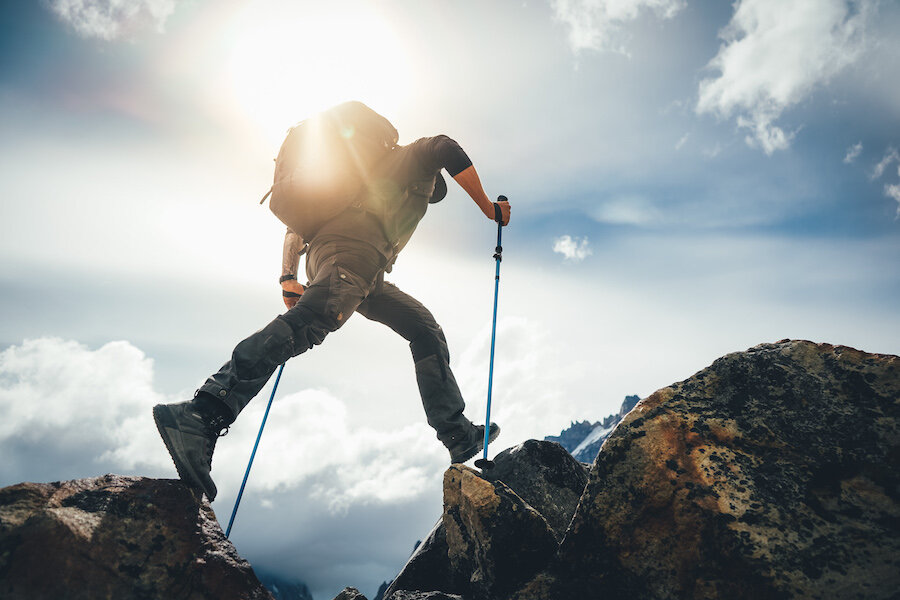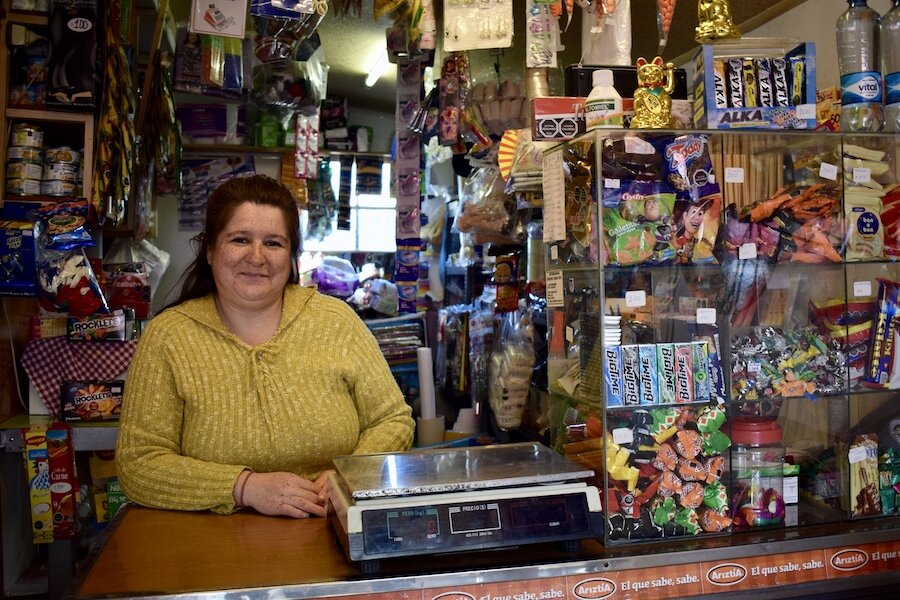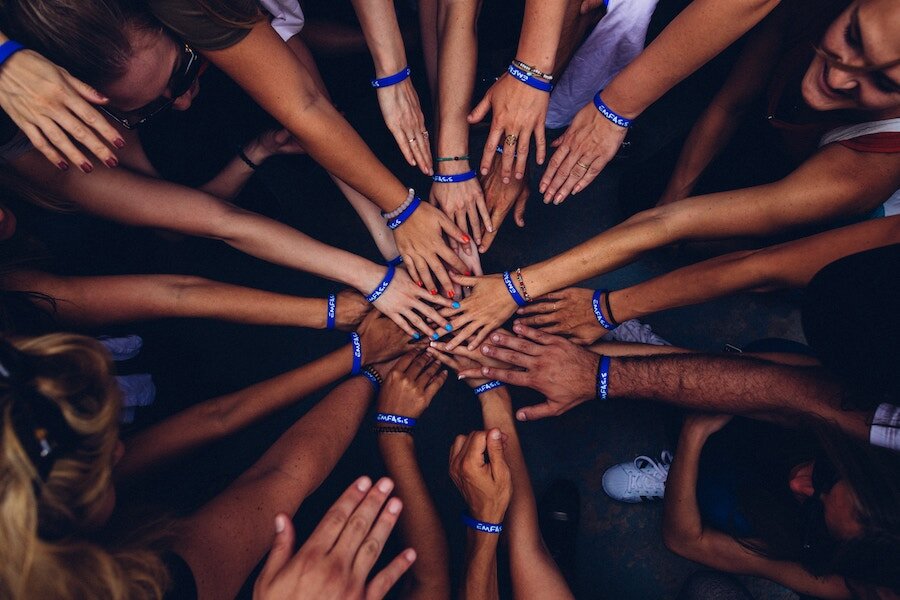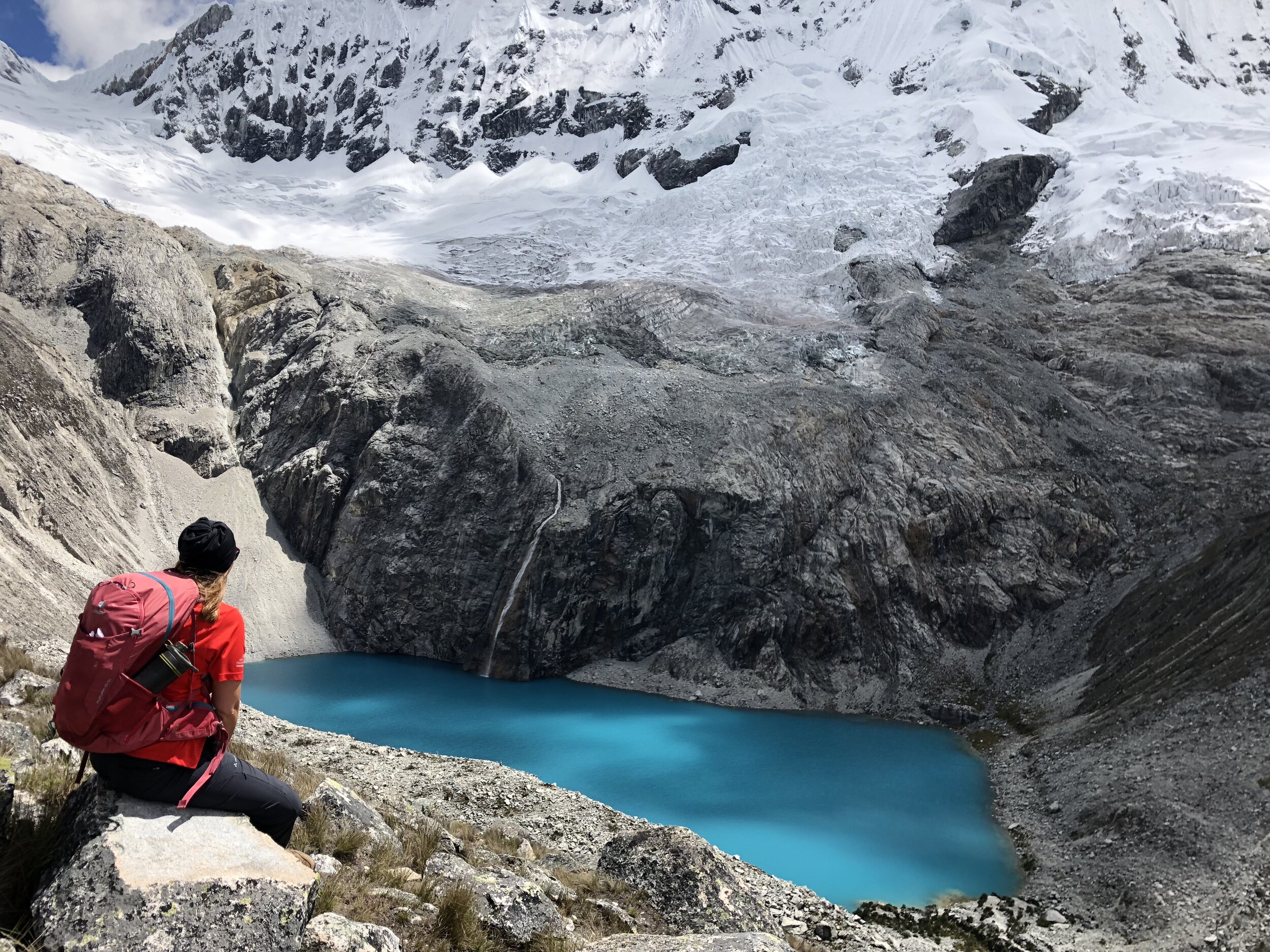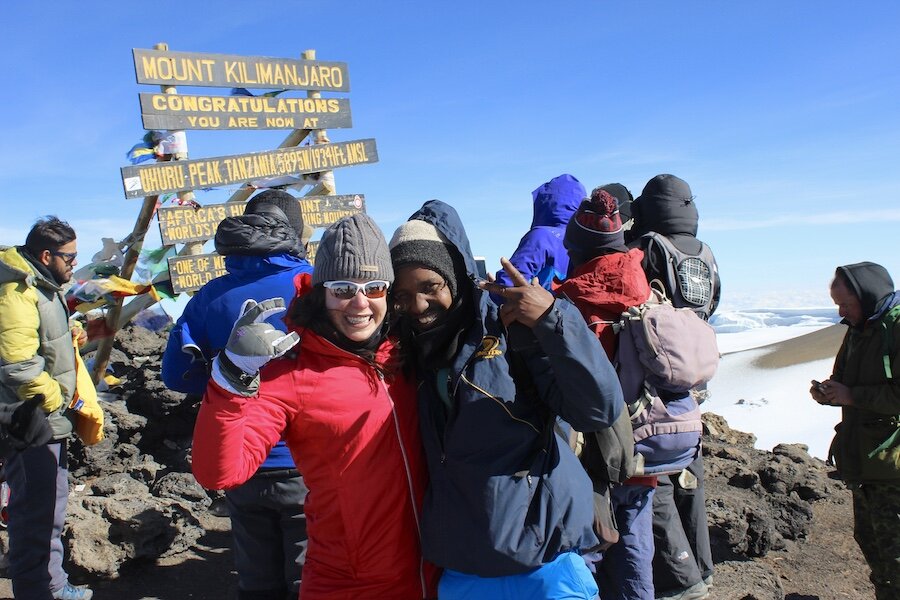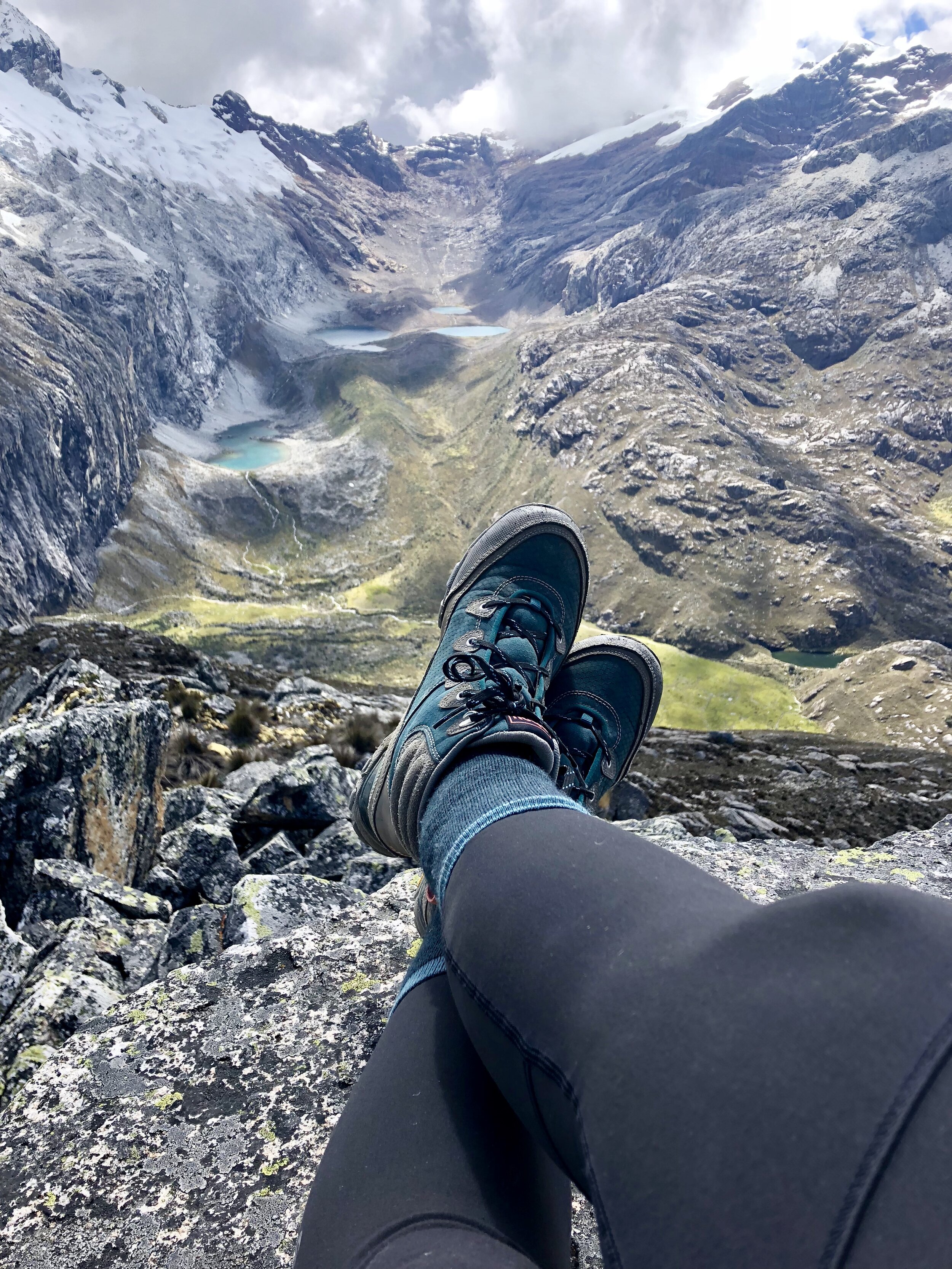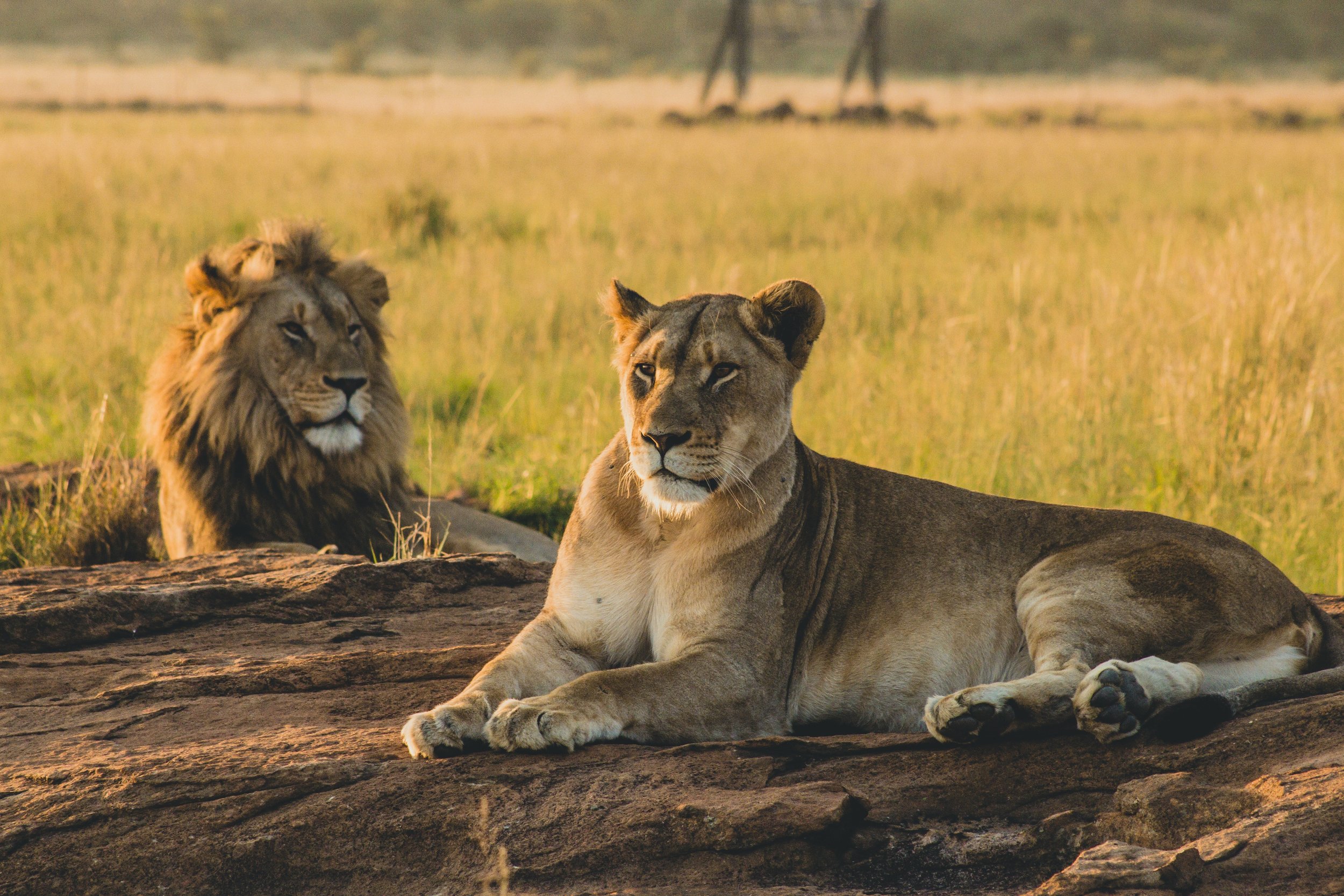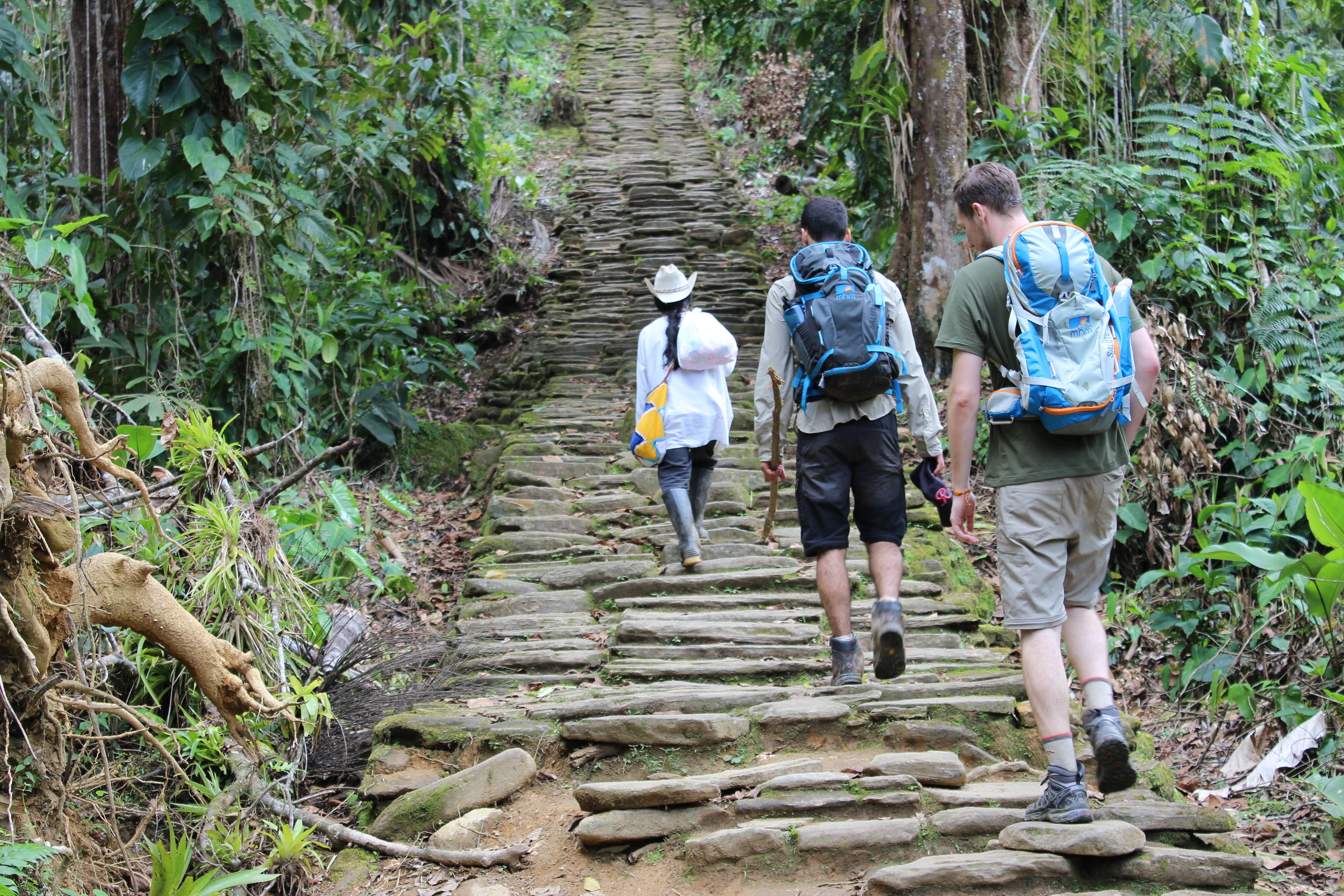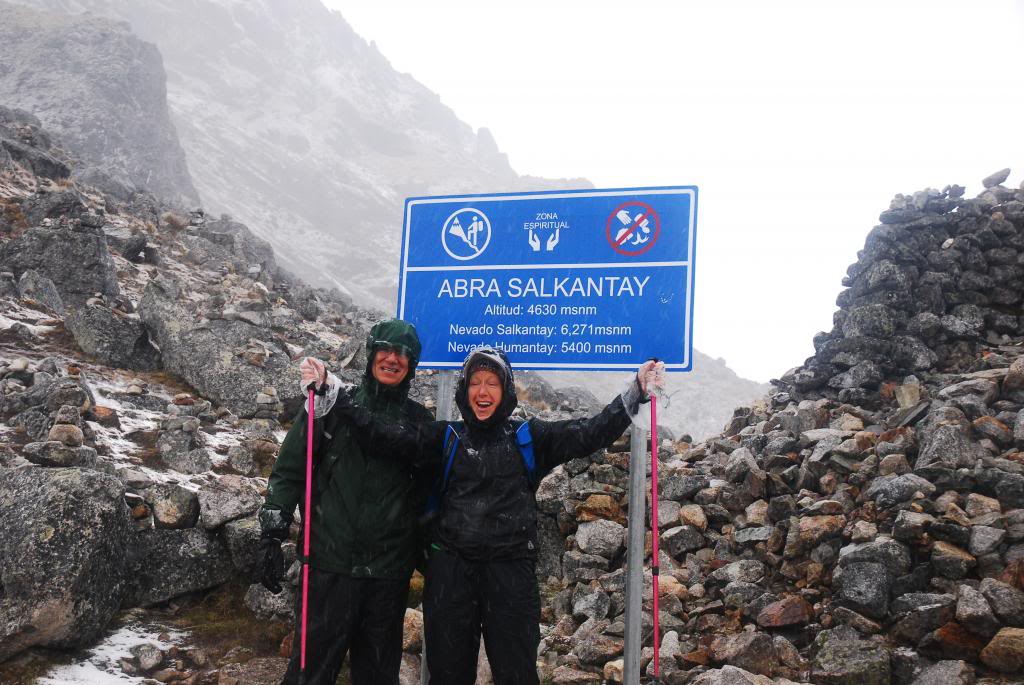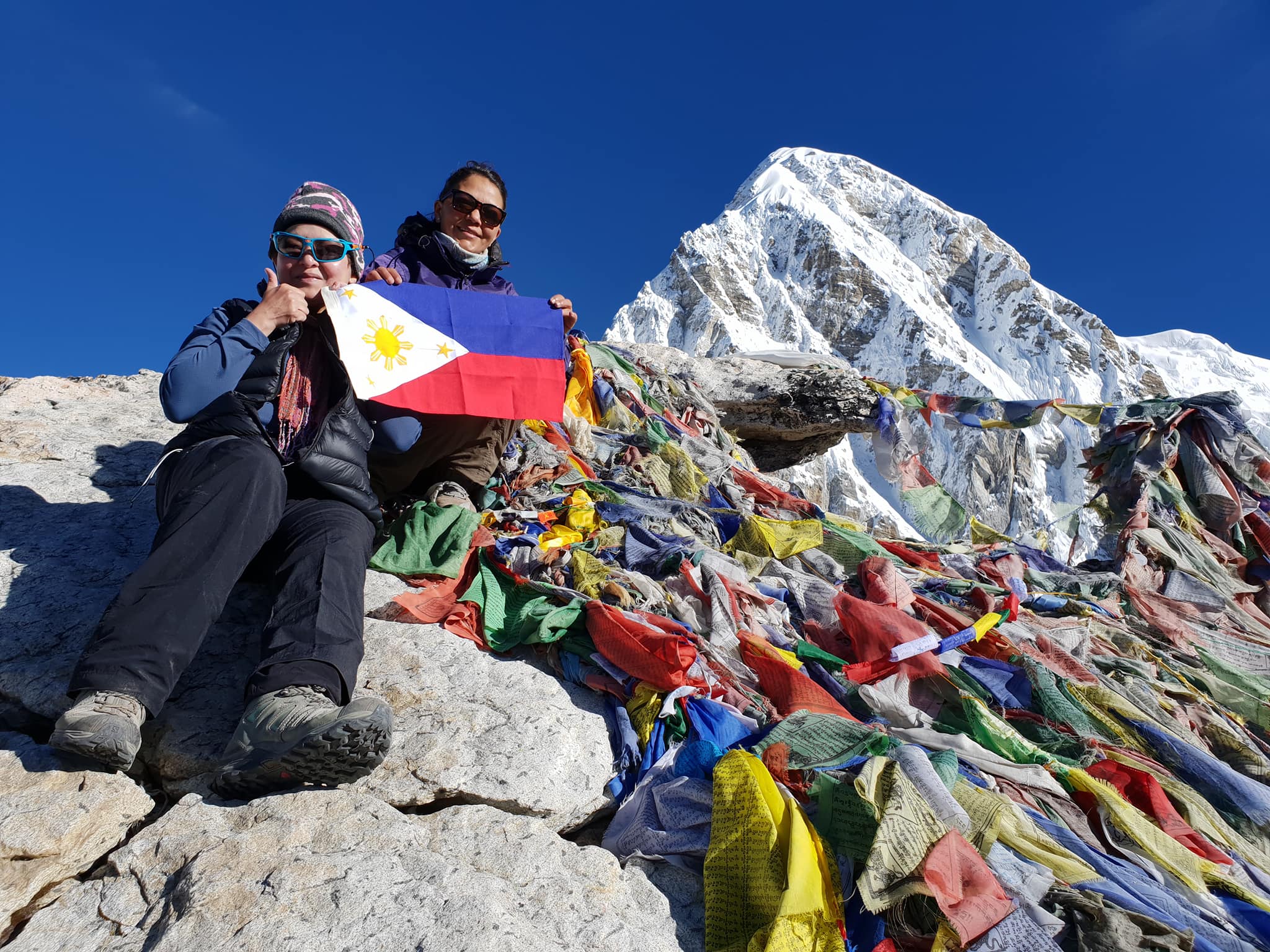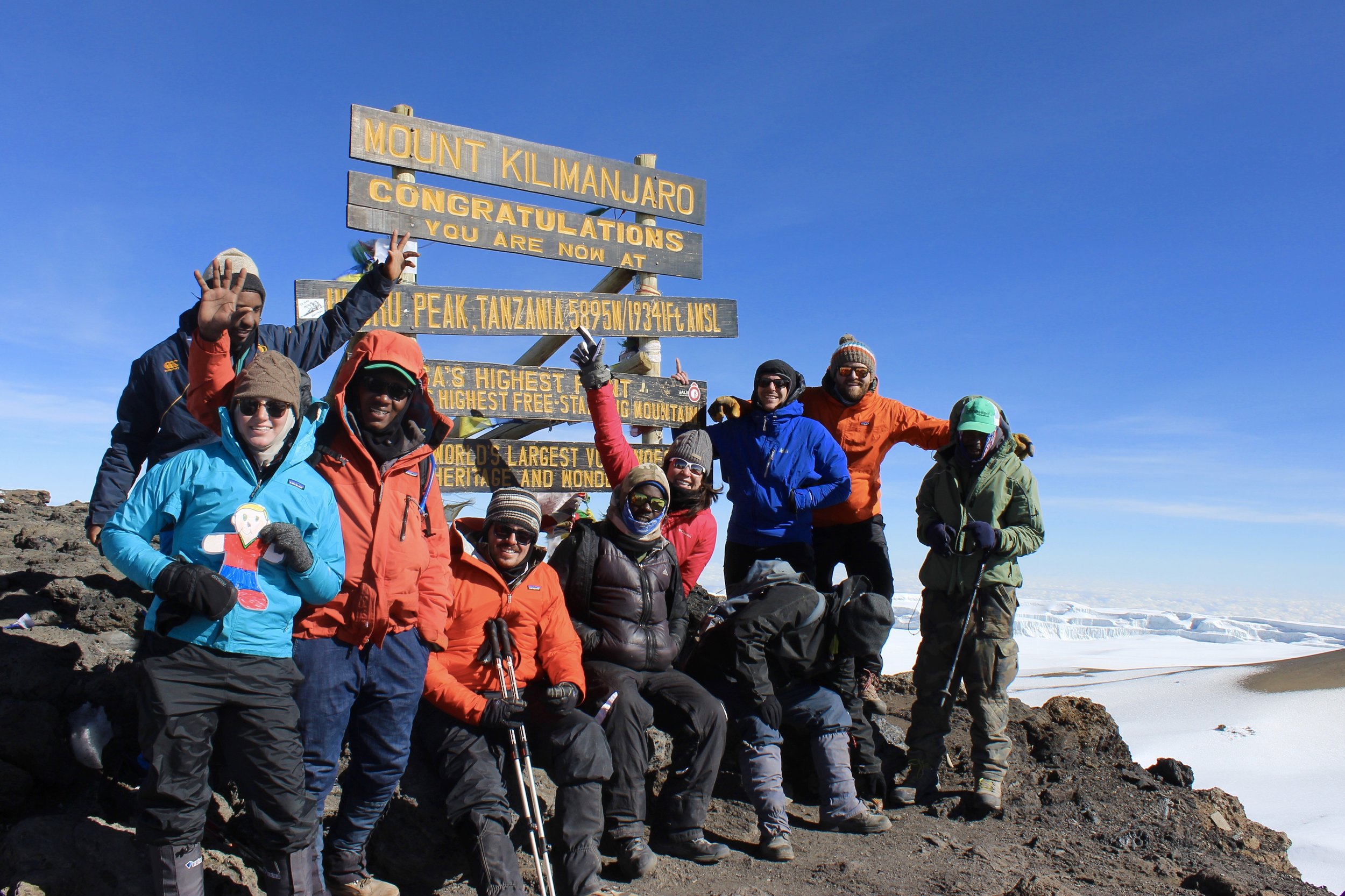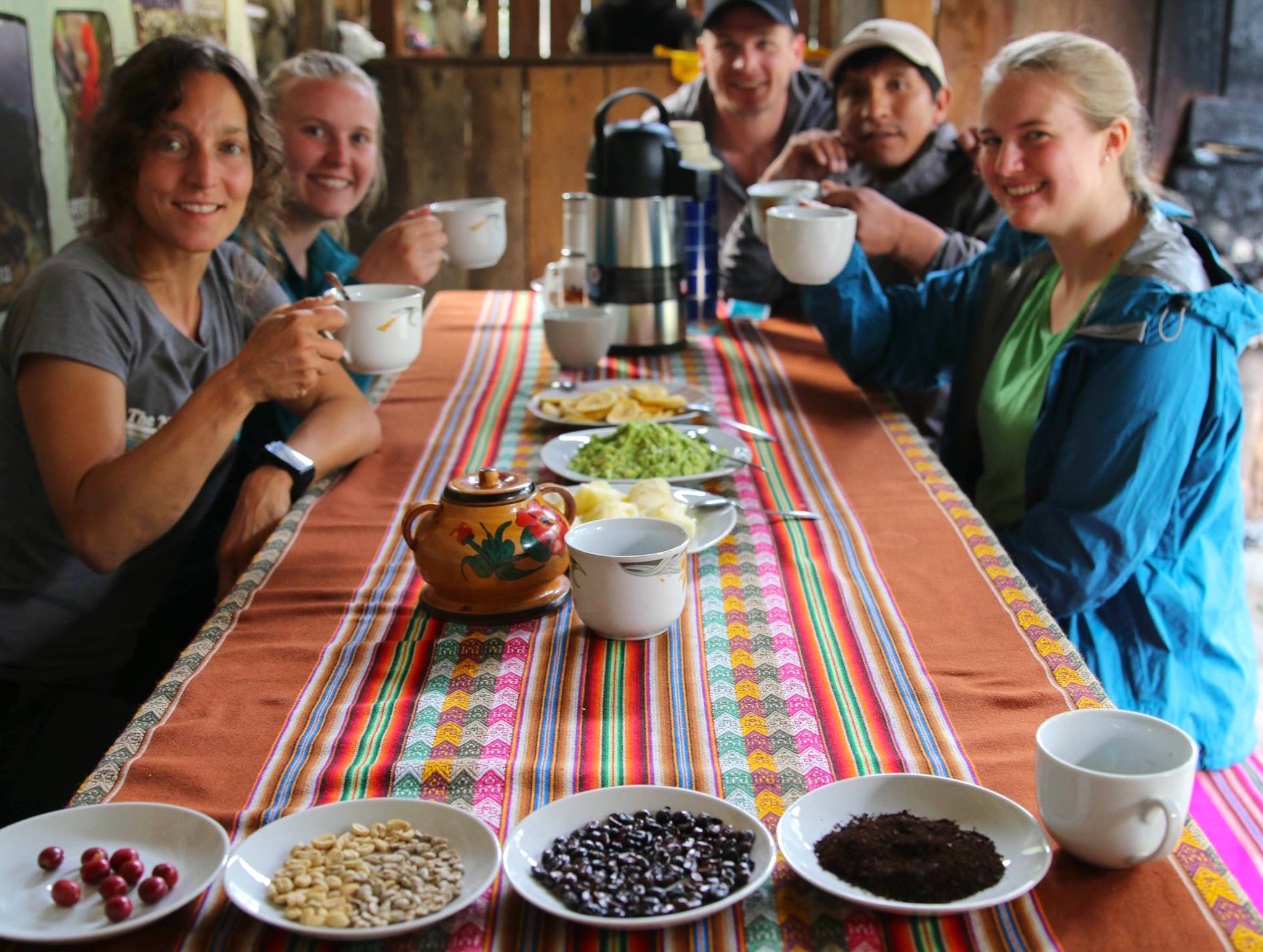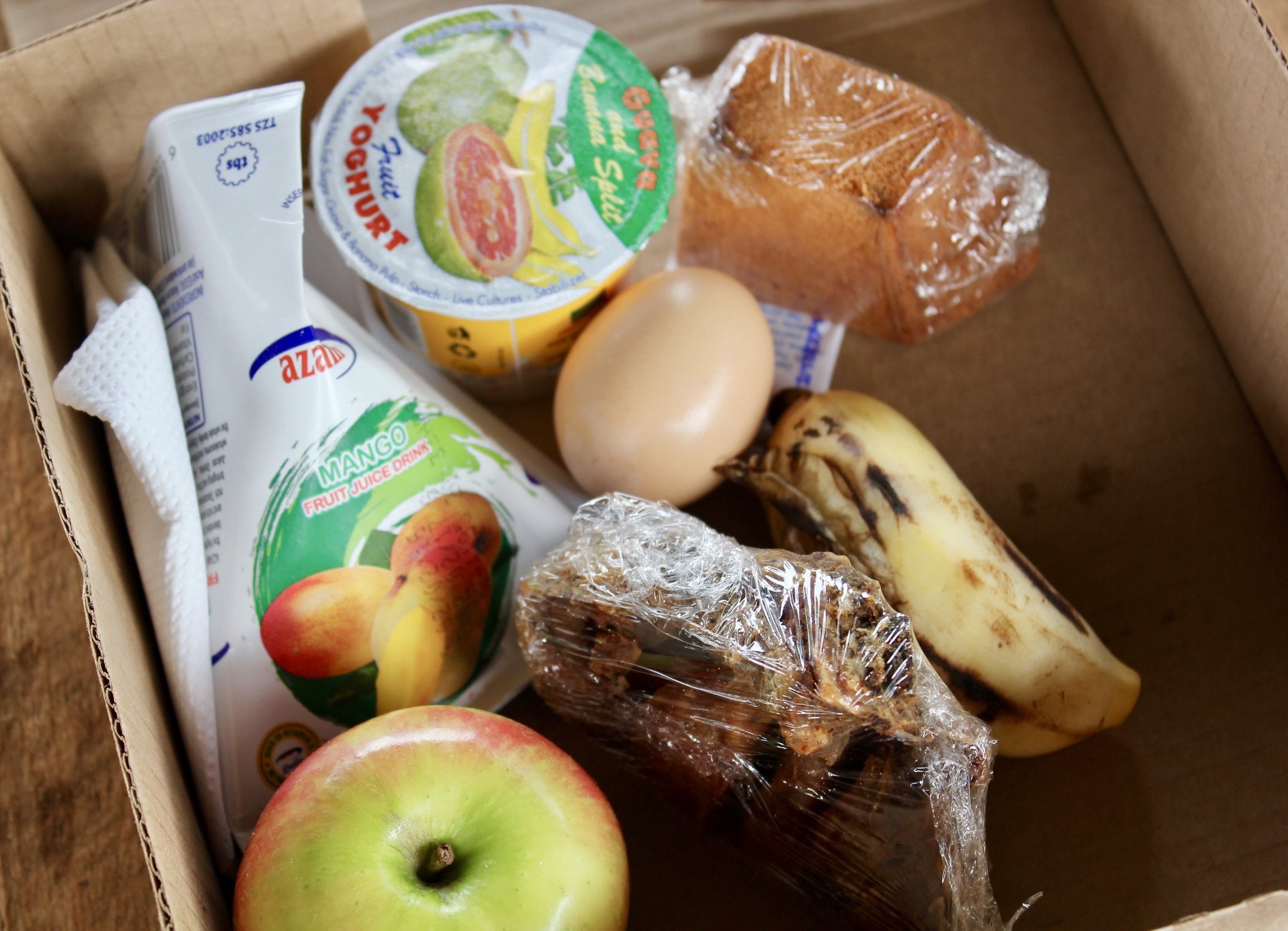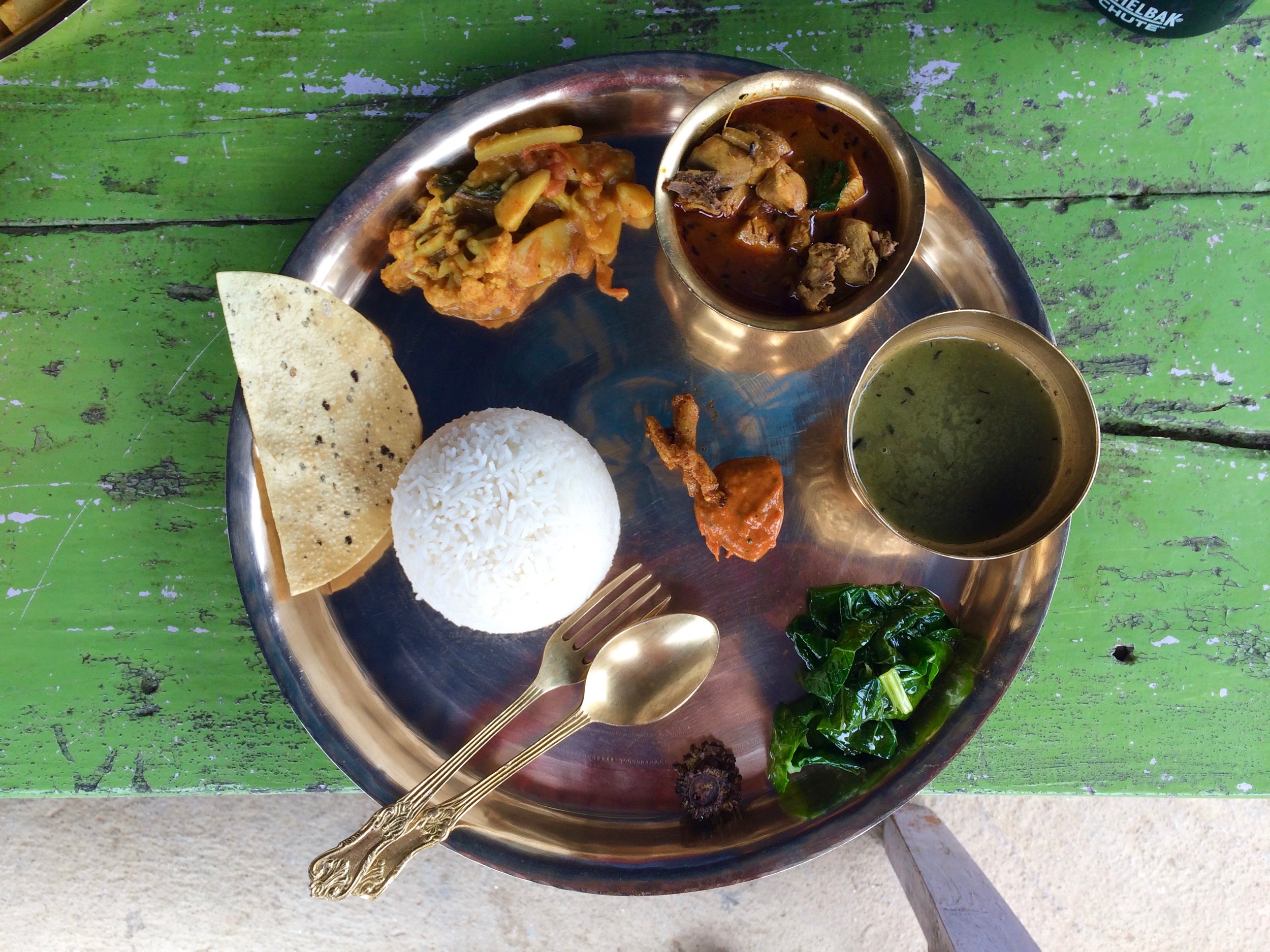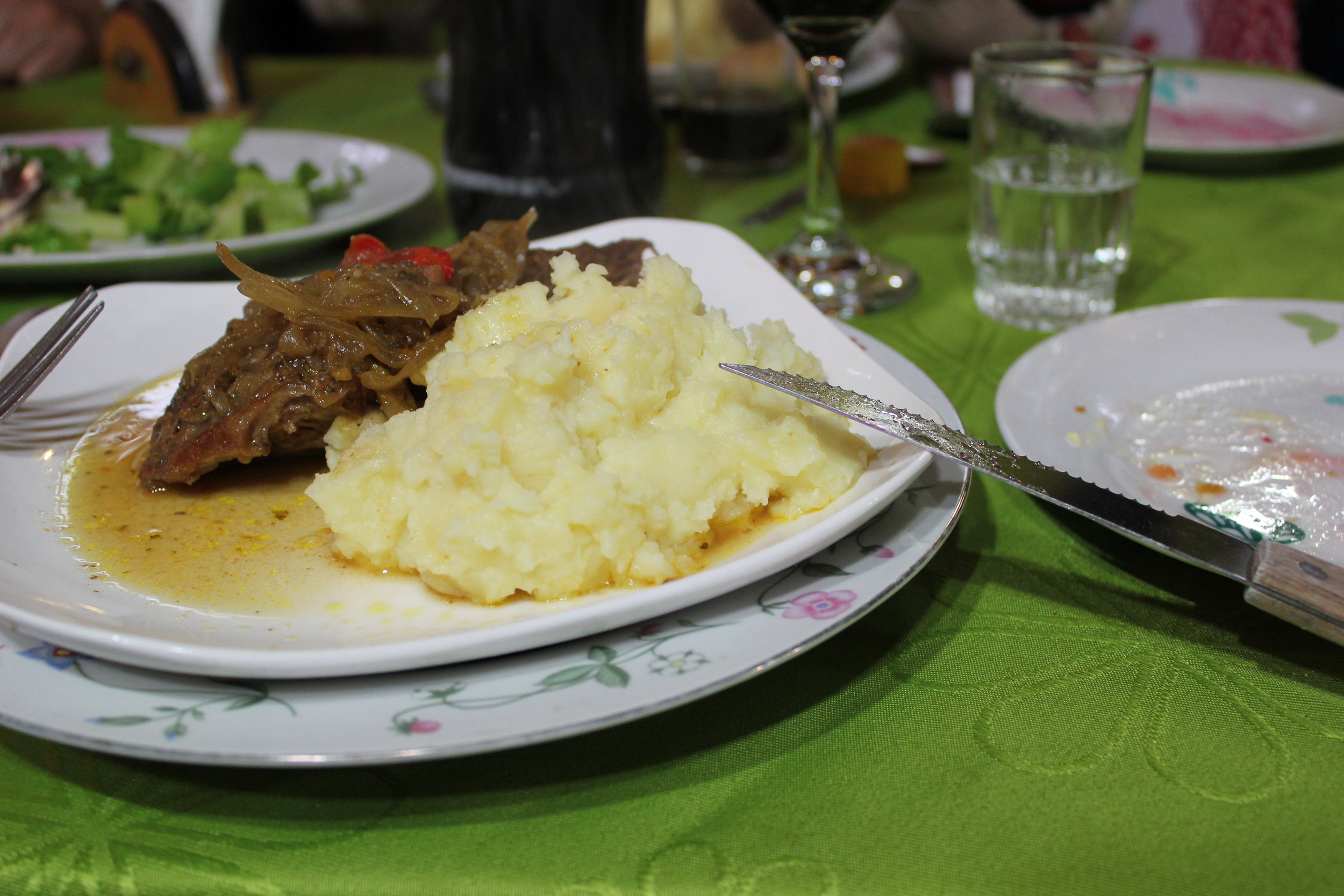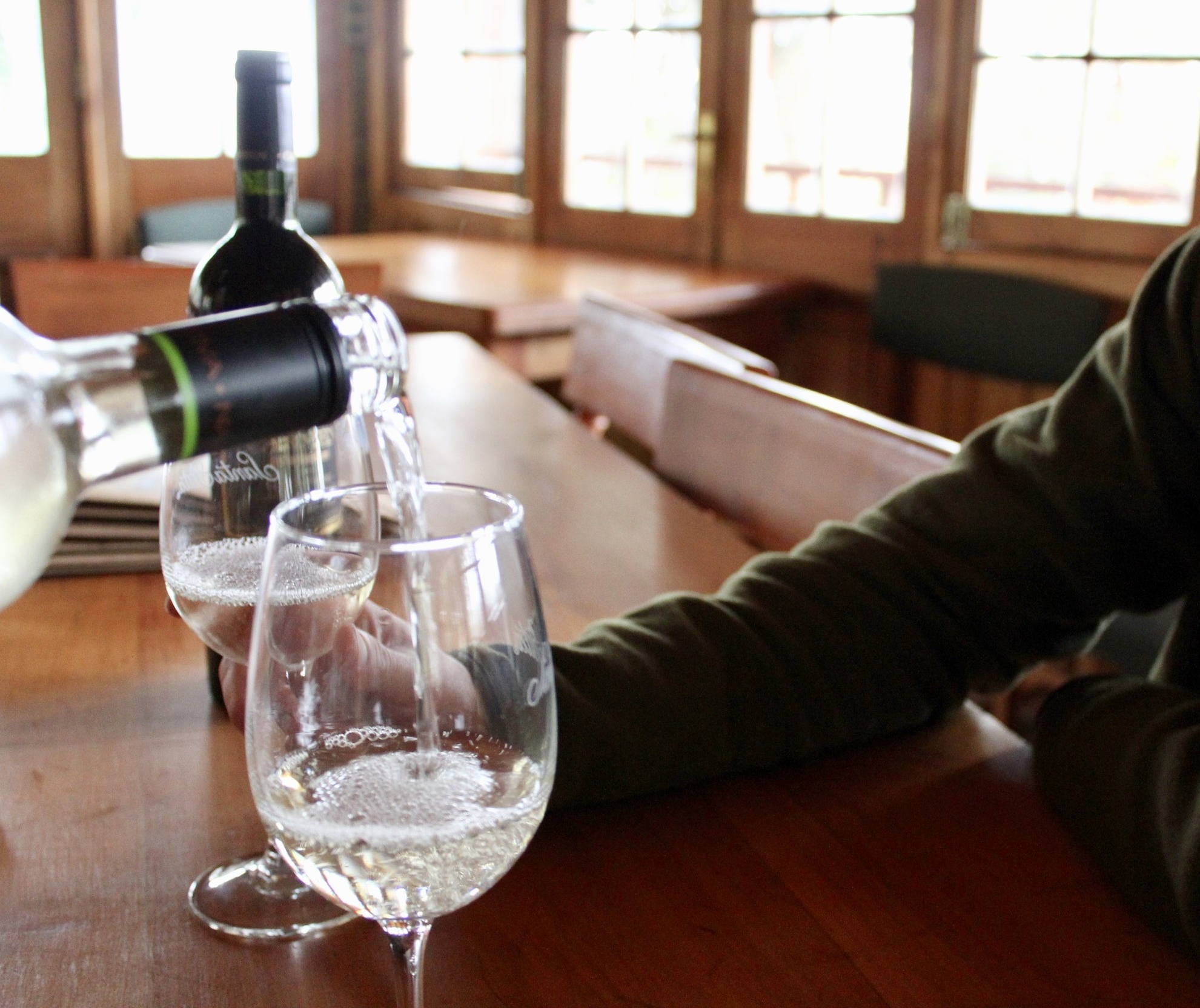Bhutan, known as the Land of the Thunder Dragon, is a place where culture, spirituality, and nature intertwine beautifully. Nestled in the heart of the Himalayas, it offers trekkers not just trails, but pathways to a different world, characterized by serene landscapes, majestic monasteries, and a philosophy centered around happiness and harmony with nature.
Iconic Trails
Bhutan's trails are as varied as they are breathtaking. The Jomolhari Trek is perhaps the most famous, taking adventurers close to the majestic Jomolhari peak, at over 7,300 meters. The Druk Path Trek, another popular route, offers a shorter but equally stunning experience, connecting Paro to Thimphu and passing through rhododendron forests, alpine yak pastures, and ancient lhakhangs (temples).
Gross National Happiness
Unique to Bhutan is its development philosophy of Gross National Happiness (GNH), which prioritizes the well-being of its citizens and the preservation of its culture and environment over mere economic growth. This philosophy extends to its approach to tourism, emphasizing sustainable travel and cultural respect. Trekkers are invited not just to explore the land but to engage with its values, contributing to the preservation of Bhutan's unique environment and way of life.
Flora and Fauna
As a biodiversity hotspot, Bhutan is home to a range of ecosystems, from subtropical plains to alpine zones. Trekkers might encounter rare species like the snow leopard, red panda, or takin (Bhutan's national animal) alongside a variety of birdlife. The country's commitment to conservation ensures that these natural treasures continue to thrive.
Mindful Travel
Traveling in Bhutan requires a mindfulness of its delicate ecosystems and rich cultural fabric. Trekkers are encouraged to minimize their environmental impact, respect the local customs and spiritual sites, and engage with communities in a way that is sensitive and supportive. Bhutan's policy of high value, low impact tourism means that visitor numbers are controlled, ensuring that travel remains sustainable and beneficial to both visitors and hosts.
Trekking in Bhutan is an opportunity to step into a world that balances modernity with tradition, and development with conservation. It's a chance to witness the Himalayas' grandeur, delve into ancient Buddhist culture, and experience a society where happiness and harmony are central. As you walk the sacred paths of this last Shangri-La, carry with you a sense of reverence and responsibility, ensuring that the beauty and spirit of Bhutan continue to inspire for generations to come.





